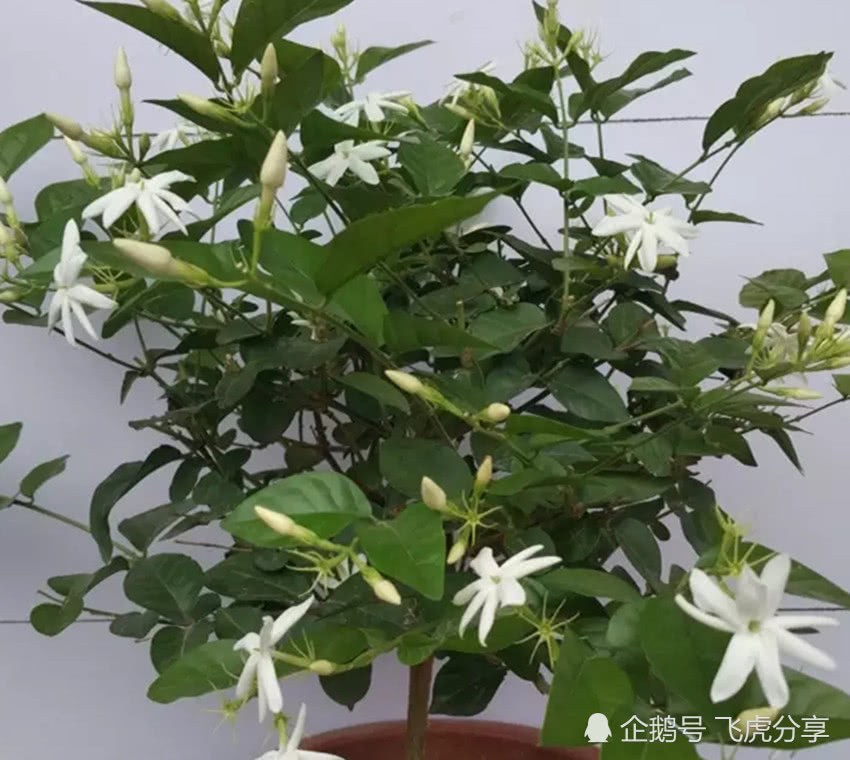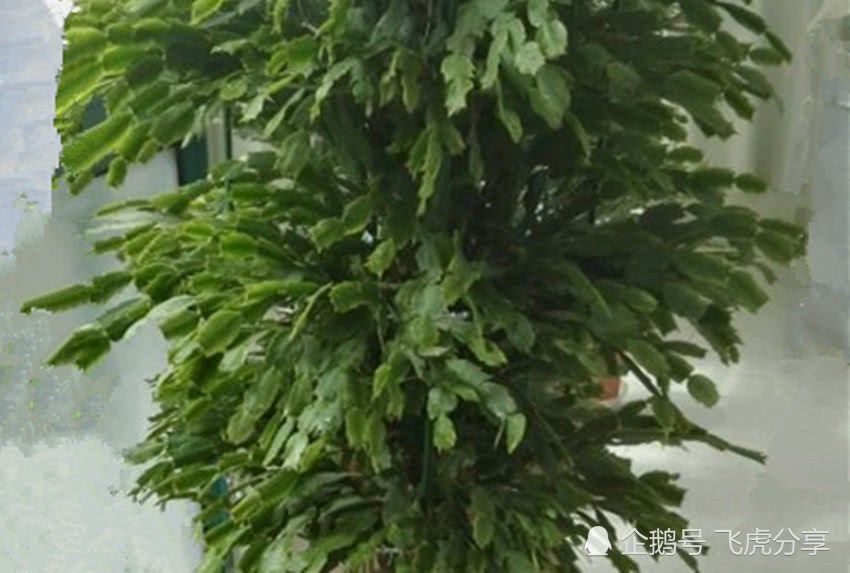How many varieties of jasmine are there? Which is the most fragrant jasmine in the world? How to maintain

There are many varieties of jasmine. At present, there are more than 60 species of jasmine in China, including single jasmine, double jasmine and multipetal jasmine. The single-petal jasmine plant is short and has a large flowering capacity, but the braid is smaller, and its fragrance is inferior to that of double-petal jasmine and multi-petal jasmine. Double jasmine is a widely cultivated variety of jasmine. The flowers are larger and have more petals than single jasmine, but their fragrance is not as good as that of single jasmine. Multi-petaled jasmine blossoms with distinct layers, but its fragrance is light.
According to the analysis and observation of more than 60 species of jasmine, at present, the most fragrant jasmine in the world is the pen tip single jasmine, the leaf color is green, the flower is as white as jade, the fragrance is clear and fragrant, it is known as the first fragrant flower. The refreshing fragrance when it opened in the evening is hard to give up and can not be forgotten for a long time. This is the flower that Yihui can fill the house with incense. Therefore, the tip jasmine is the most fragrant variety of jasmine.
Jasmine culture method is also very simple, jasmine like hot, humid, ventilated and breathable environment, need sufficient light. Jasmine is afraid of the cold. Potted jasmine in the south can be cultivated outdoors to survive the winter. In the north, it is necessary to keep warm in autumn and winter, and move indoors and put it toward the south. If the light is strong, the branches are strong, the leaves are dark green, the flowers are many and fragrant, and if the sun is not enough, the flowers are sparse and not fragrant.
Jasmine's watering principle is "do not dry do not water, water must be thoroughly". Pour water once after putting on the basin. Spring and autumn according to the weather conditions, generally 2-3 days watering, every day can spray water to keep the air moist. Spray water once every morning in summer and water once after 4 p.m. It is necessary to reduce the amount of water in the greenhouse in winter, otherwise the roots are easy to rot. In addition, jasmine should often be heart-plucked and reshaped after flowering, so as to sprout new branches, make the plant neat and strong, and bloom exuberantly.
- Prev

The stem of crab claw orchid is soft and simple to make three-point stem piece firm and full of green flowers.
Now it has entered the autumn, the temperature at this time is the most suitable for the growth of crab claw orchid, but it is also the time when crab claw orchid needs nutrition and water most, because the flowering period of crab claw orchid is in winter, and it is after autumn that crab claw orchid changes from stem growth stage to...
- Next

Do you know all the flesh words in the succulent circle?
Today, do a little popular science for meat friends who have just entered the pit, the proper nouns of meatloops that you have heard and have never heard of. 01 single head: the stem of the plant grows alone and does not produce branches. 02 gregarious: three or more single heads grow in the same.
Related
- Wuhan Hospital Iron Tree Blooming Result Was Instantly Frightened by the Gardener Master
- Which variety of camellia is the most fragrant and best? Which one do you like best?
- What is the small blue coat, the breeding methods and matters needing attention of the succulent plant
- Dormancy time and maintenance management of succulent plants during dormancy
- Minas succulent how to raise, Minas succulent plant pictures
- What are the varieties of winter succulent plants
- How to raise succulent plants in twelve rolls? let's take a look at some experience of breeding twelve rolls.
- Attention should be paid to water control for succulent plants during dormant period (winter and summer)
- Watering experience of twelve rolls of succulent plants
- Techniques for fertilizing succulent plants. An article will let you know how to fertilize succulent plants.

